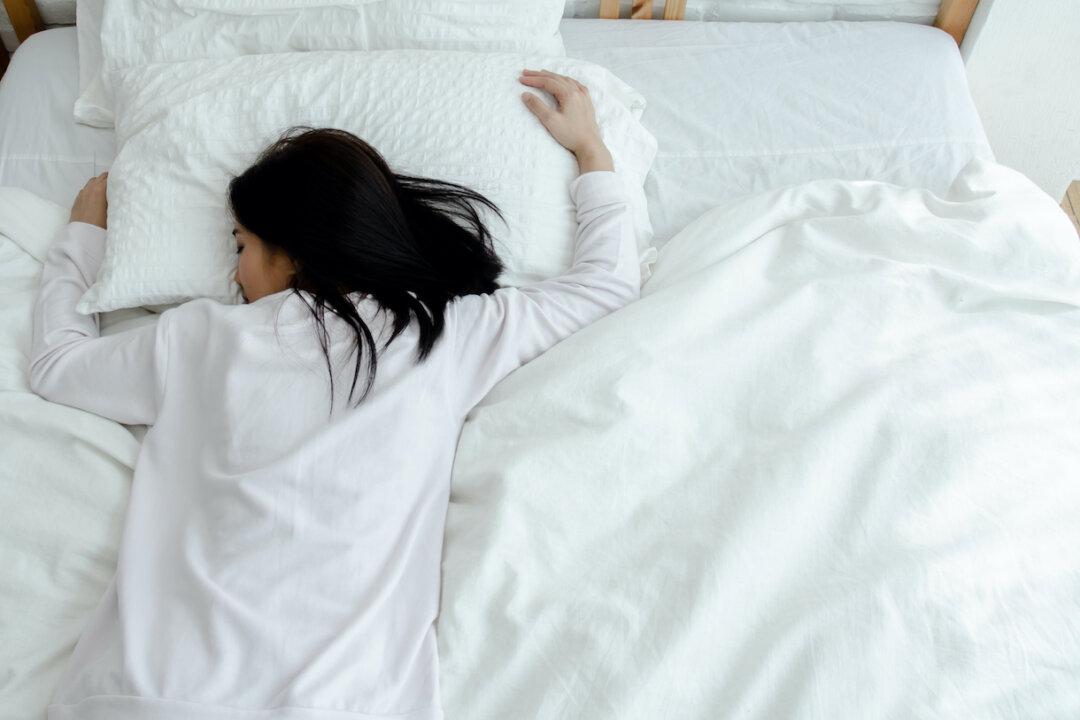Lying in the prone (face-down) position, in which your chest is down and your back is up, could be a simple way to improve outcomes in cases of severe respiratory distress. This topic has received renewed attention during the COVID-19 pandemic, as invasive mechanical ventilation is conventionally delivered with the patient lying on their back in the supine (face-up) position.
“Mechanical ventilation is the main supportive treatment for critically ill patients” infected with novel coronavirus 2019 (COVID-19), according to a February 2020 study published in The Lancet Respiratory Medicine. However, reports suggest that many COVID-19 patients put on ventilators don’t make it.






